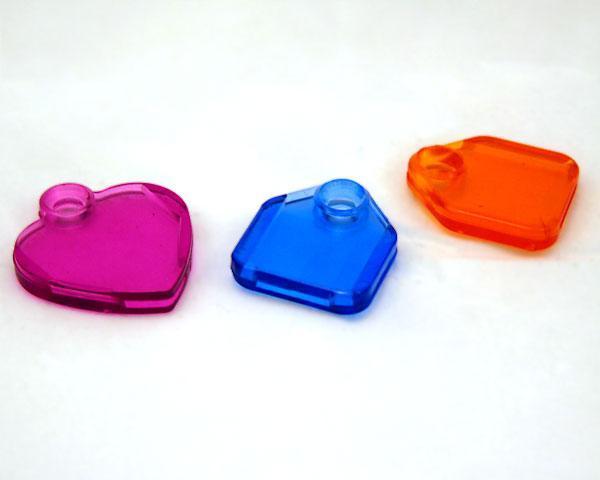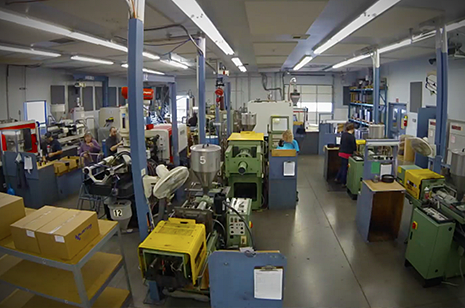- BY nwmcadmin
- POSTED IN Plastic Injection Molding, Plastic Injection Molds
- WITH 1 COMMENTS
- PERMALINK
- STANDARD POST TYPE

If you’re new to plastic injection molding, the process can seem mystifying and a bit daunting. Today, we’re going to take a peek behind the curtain at Rex Plastics and make sense of injection molding from start to finish. In the process, we’ll help you see exactly how easy it can be to take your next project from idea to finished product.
In the Beginning: Proper Planning
Each successful product begins not with injection molding, but with a plan. Unlike many other plastic injection molding companies, Rex Plastics offers assistance at every step in the injection molding process. You can come to us with a simple idea, which we will help you to refine and prototype. We can even help you obtain financing for mold tooling and the production process. Once all of the pieces are in place, the injection molding process begins.
The Injection Molding Process
Companies have been doing plastic injection molding for more than a century. Many of the materials and processes have evolved. These days, sophisticated computer modeling increases accuracy and tolerances, and new materials like biopolymers are revolutionizing the industry. For all those changes, there’s also much in the process that’s remained remarkably consistent.
It starts with mold making, the tooling of a two-piece metal mold that will receive molten plastic. During the initial part of the molding process, both halves of the mold are kept tightly shut.
Next, raw plastic resin in pellet form is fed into a hopper. The pellets may be purchased pre-colored, or colored using pigments during the injection process. The plastic pellets are melted down under high heat and subjected to extreme hydraulic pressure in excess of 15 to 30 thousand PSI.
The resultant resin is shot into the closed mold through a sprue. From the sprue, it flows to a runner, a channel that allows the liquid plastic to flow to gates — subchannels leading to the cavities in the mold that contain the imprint of the finished product. The material is allowed to cool and return to a solid state, whereupon the mold opens and the part is ejected.
If you’ve ever purchased a plastic model kit, you have some idea of what the next step looks like: a series of plastic parts attached to remnants of the sprue, runner, and gate. Once the parts are separated, the leftover plastic can be melted down for re-use to prevent waste and reduce costs.
Last Steps: Secondary Operations
The process doesn’t begin with injection molding, nor does it end there. Just as we briefly covered some of the preliminary steps leading up to the injection molding process, it’s worth a quick look at what happens after. Our molding services are complemented by secondary services that can include everything from pad printing to distribution services, allowing us to offer a comprehensive, end-to-end approach to your product. No matter where you are in that process, it’s easy to get to the next step. Simply call or email Rex Plastics, a US plastic injection molding company, and schedule a consultation.



The blog “The Back End: How Injection Molding is Done” on Rex Plastics offers a thorough overview of the injection molding process, detailing essential steps from design to production. The author effectively demystifies the intricacies involved, providing professionals with a clear understanding of how molds are created and utilized. This resource is particularly useful for those looking to enhance their knowledge of the industry. Thank you to the author for sharing such insightful information, and I hope to see more informative articles in the future.